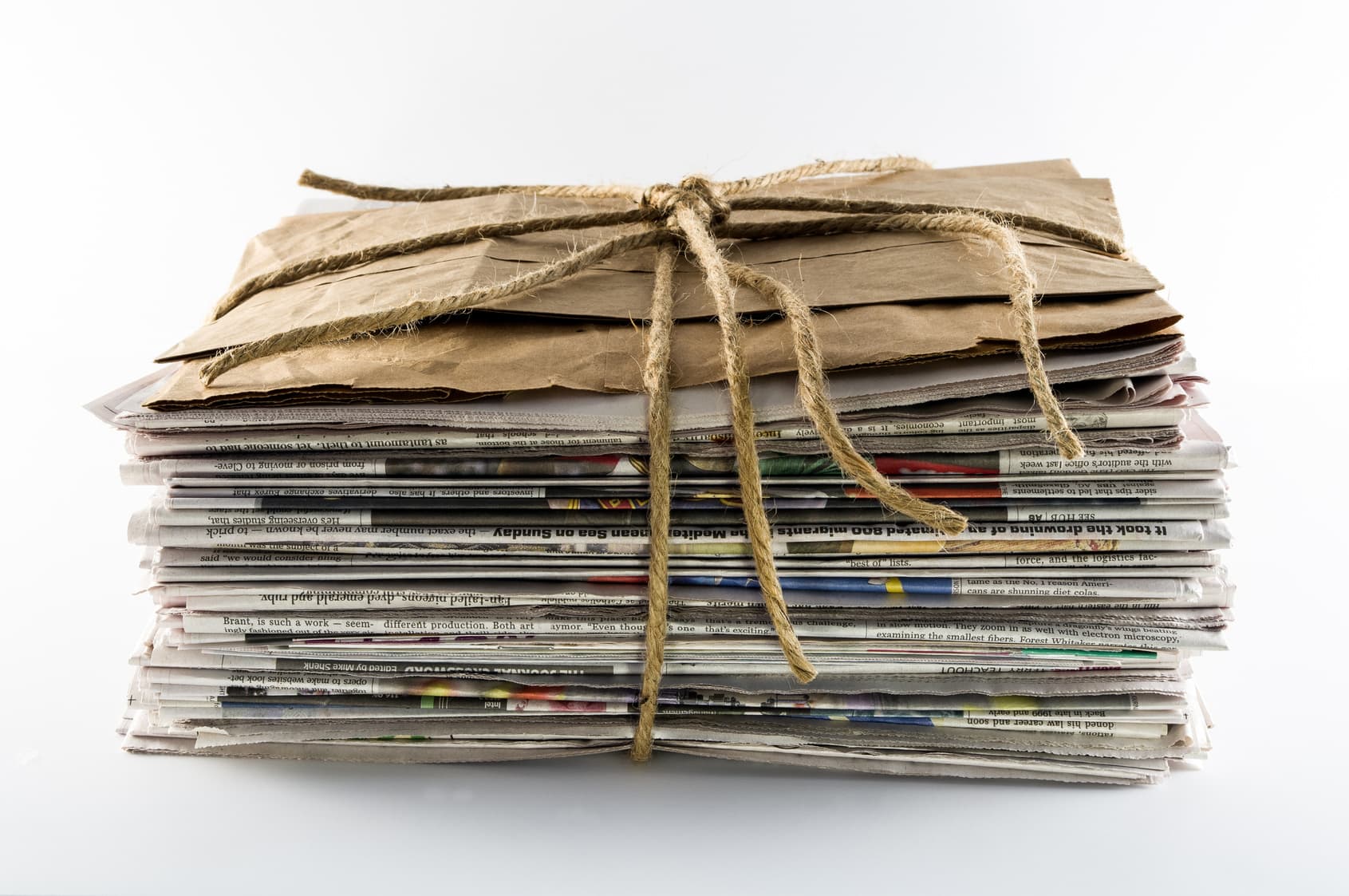

Articles
How To Store Newspapers
Modified: December 7, 2023
Learn the best methods for storing newspaper articles to ensure their preservation and longevity. Expert tips and techniques for proper newspaper storage.
(Many of the links in this article redirect to a specific reviewed product. Your purchase of these products through affiliate links helps to generate commission for Storables.com, at no extra cost. Learn more)
Introduction
Newspapers have long been an important source of information, documenting the events and stories that shape our world. Whether you’re a historian, a collector, or simply want to preserve sentimental pieces, storing newspapers properly is crucial to maintaining their condition and longevity. In this article, we will explore the importance of proper newspaper storage and provide helpful tips on how to protect and organize your collection.
Preserving newspapers goes beyond simply stacking them in a drawer or stuffing them into a box. Exposure to light, moisture, and improper handling can lead to yellowing, fading, tearing, and deterioration over time. By implementing the right storage techniques and materials, we can ensure that our newspapers remain in excellent condition for years to come.
When choosing the right storage materials, it’s important to consider their archival qualities. Acid-free and lignin-free materials are essential as they prevent the acids found in regular paper products from transferring onto the newspapers. These materials are readily available in the form of boxes, folders, and sleeves specifically designed for newspaper storage.
Before storing your newspapers, it’s essential to prepare them properly. Avoid using adhesive tapes or paper clips, as they can cause damage and leave behind residue. Instead, use archival polyester film or acid-free tissue paper to gently wrap the newspapers individually. This will provide an extra layer of protection and prevent them from sticking together.
Organizing and categorizing your newspaper collection is crucial for easy retrieval and to prevent unnecessary handling. Consider sorting them by date, theme, or relevance to your interests. This will not only help you find specific newspapers quickly, but it will also help distribute the weight evenly when storing them in boxes or folders.
When storing newspapers in boxes, choose acid-free storage boxes specifically designed for archival purposes. These boxes are generally made from sturdy materials and often come with reinforced corners, offering maximum protection against physical damage. Additionally, make sure to label each box with the relevant information, such as the date range or topic of the newspapers contained within.
For smaller newspaper collections, storing them in folders with acid-free pockets can be a practical and space-efficient solution. The pockets will keep each newspaper securely in place, preventing movement and potential damage. It’s also a good idea to label each folder for easy identification.
Key Takeaways:
- Preserve newspapers by using acid-free storage materials, careful handling, and proper organization. Protect against light, moisture, and physical damage to maintain historical and sentimental value.
- Consider digitizing newspapers for convenient access, efficient organization, and long-term preservation. High-quality scans, reliable file formats, and backup systems ensure accessibility for future generations.
Read more: How To Store Newspaper
Importance of Proper Newspaper Storage
Proper newspaper storage is crucial for preserving the historical and informational value of these important documents. Newspapers are susceptible to various forms of deterioration, including yellowing, fading, tearing, and insect damage. By implementing the right storage techniques, we can extend the lifespan of newspapers and ensure their accessibility for future generations. Here are a few reasons why proper newspaper storage is so important:
1. Preserving Historical Records: Newspapers provide a valuable glimpse into the past, capturing important events, opinions, and stories from different periods in history. By storing newspapers properly, we can preserve these records for future researchers, historians, and enthusiasts who rely on them as primary sources of information.
2. Maintaining Informational Integrity: Proper storage techniques help maintain the readability and legibility of newspapers. Exposure to light, heat, and humidity can cause ink to fade and paper to become brittle, making it difficult to read and extract information. By storing newspapers in a controlled environment, we can ensure that the valuable information they contain remains accessible for years to come.
3. Preventing Physical Damage: Newspapers are fragile and can be easily damaged if not stored properly. Improper stacking, bending, or handling can lead to tears, creases, and other physical damage. By using appropriate storage materials such as acid-free boxes, folders, and sleeves, we can protect newspapers from such damage and maintain their structural integrity.
4. Minimizing the Effects of Aging: As newspapers age, they are prone to deterioration caused by acidity in the paper itself or from external sources. Acidic materials can cause yellowing, discoloration, and the degradation of paper fibers. By storing newspapers in acid-free materials, we can minimize the effects of aging and slow down the deterioration process.
5. Preventing Pest Infestation: Newspapers can attract pests such as silverfish, beetles, and termites that feed on paper. Storing newspapers in sealed containers or using acid-free sleeves and folders helps prevent pest infestation and protect the collection from irreversible damage.
6. Facilitating Accessibility: Proper storage not only protects newspapers but also ensures their easy retrieval and accessibility. By organizing and categorizing newspapers, we can quickly locate specific issues or topics when needed, reducing the risk of unnecessary handling and potential damage.
Overall, proper newspaper storage plays a vital role in preserving the historical and informational value of these valuable documents. By implementing the right storage techniques, we can protect newspapers from physical damage, slow down the aging process, and ensure their accessibility for future generations.
Choosing the Right Storage Materials
When it comes to storing newspapers, choosing the right materials is essential for preserving their condition and longevity. Here are some key considerations when selecting storage materials:
1. Acid-free Materials: Acid-free materials are crucial for newspaper storage as they prevent the transfer of acids found in regular paper products onto the newspapers. These acids can lead to yellowing, discoloration, and the degradation of paper fibers. Look for acid-free boxes, folders, sleeves, and tissue paper specifically designed for archival purposes.
2. Lignin-Free Materials: Lignin is a natural polymer found in wood-based materials such as newsprint. Over time, lignin breaks down and releases acids, causing newspapers to become brittle and yellow. Opt for lignin-free storage materials to minimize the deterioration process.
3. Archival-Quality Boxes: When storing newspapers in boxes, choose sturdy and acid-free storage boxes designed specifically for archival purposes. These boxes are usually made from acid-free cardboard or plastic and often come with reinforced corners for added protection against physical damage. They provide a safe and organized environment for storing newspapers.
4. Acid-Free Folders: For smaller newspaper collections, acid-free folders with pockets are a practical storage solution. These folders keep each newspaper securely in place and prevent movement and potential damage. Look for folders with a neutral pH value and high-quality polyester pockets for optimal preservation.
5. Acid-Free Sleeves: Acid-free polyester sleeves are an excellent choice for protecting individual newspapers. These transparent sleeves provide an extra layer of protection against handling, dust, and light exposure while allowing for easy viewing. Make sure the sleeves are the correct size to fit the dimensions of your newspapers without any folding or bending.
6. Archival-Quality Tissue Paper: Use acid-free, lignin-free tissue paper to gently wrap individual newspapers before storing them. The tissue paper creates a barrier between the newspapers, preventing them from sticking together or transferring any residue. Avoid using regular tissue paper, as it often contains acidic components that can harm the newspapers.
7. Sealed Containers: If you’re storing newspapers in a humid environment or want an extra layer of protection against pests, consider using sealed containers such as plastic bins or vacuum-sealed bags. Ensure that the containers are made from archival-quality materials and are large enough to accommodate the newspapers without folding or bending.
When choosing storage materials, prioritize the archival quality of the products to ensure the long-term preservation of your newspaper collection. Investing in high-quality, acid-free, and lignin-free materials will go a long way in protecting the condition and integrity of your newspapers.
Preparing Newspapers for Storage
Before you store your newspapers, it’s important to take the necessary steps to prepare them properly. These preparations will help protect the newspapers from damage and ensure their longevity. Here are some essential tips for preparing newspapers for storage:
1. Handle with Clean Hands: Always handle newspapers with clean, dry hands. Oils, dirt, and moisture from your hands can transfer onto the paper, leading to staining and deterioration. If necessary, wear gloves made of cotton or nitrile to avoid direct contact with the newspapers.
2. Remove Adhesive Materials: Remove any adhesive materials, such as tape or sticky notes, from the newspapers. These materials can leave residue and cause damage over time. Gently peel off any tape or remove sticky notes using a soft, non-abrasive adhesive remover if needed.
3. Repair Tears and Folds: Before storing newspapers, repair any tears or folds to prevent them from worsening. Use archival-quality adhesive tape, such as acid-free document repair tape, to mend minor tears. For larger tears, place a piece of acid-free tissue paper on both sides of the tear and secure them with the adhesive tape.
4. Flatten Creases: If your newspapers have creases, flatten them before storage to prevent permanent damage. Place the folded newspaper between two sheets of acid-free paper and stack some heavy books or weights on top. Leave them for a few days or weeks, checking periodically to ensure the creases are disappearing.
5. Separate Loose Inserts: If your newspapers have loose inserts, such as advertisements or supplements, remove them from the main newspaper and store them separately. Place these inserts in acid-free folders or envelopes labeled with the corresponding newspaper date to ensure they do not get misplaced or damaged.
6. Use Interleaving: Interleaving involves placing acid-free tissue paper or archival-quality polyester film between the pages of newspapers to prevent them from sticking together. Ensure that each page is separated and place the interleave every few pages, especially if the newspapers have glossy or heavily printed sections.
7. Wrap Individually: For added protection, consider wrapping each newspaper individually in acid-free tissue paper or archival polyester film. This will provide an extra layer of defense against light, dust, and potential damage during storage. Make sure the wrapping is loose enough to avoid creating stress on the newspapers.
By following these steps to prepare your newspapers for storage, you can significantly reduce the risk of damage and ensure their preservation for years to come. Proper handling and preparation are crucial for maintaining the condition and integrity of your newspaper collection.
Organizing and Categorizing Newspapers
Organizing and categorizing your newspaper collection is essential for effective storage, easy retrieval, and preventing unnecessary handling. A well-organized collection allows you to locate specific newspapers quickly and also ensures that the weight is distributed evenly when storing them. Here are some tips for organizing and categorizing your newspapers:
1. Sorting by Date: Arrange your newspapers chronologically by date. This is a common and straightforward method. You can start with the oldest newspaper in your collection and work your way up to the most recent. Alternatively, you can sort them in reverse order, starting with the newest newspaper and going back in time. Clearly label each section or box with the date range to make retrieval easier.
2. Grouping by Theme or Topic: If you have a large newspaper collection, categorizing them by theme or topic can be beneficial. For example, you can group newspapers by sports, politics, local news, or any other relevant categories. This allows for efficient retrieval when you’re looking for specific information or articles within a particular subject area.
3. Separating Special Editions or Supplements: If your newspapers have special editions or supplements, consider separating them from the main collection. Place them in acid-free folders or envelopes and clearly label them to prevent them from getting misplaced or damaged.
4. Creating an Index or Catalog: If you have a large and diverse newspaper collection, creating an index or catalog can be immensely helpful. This can be a simple spreadsheet or database where you note the newspaper date, title, and any relevant keywords or content descriptions. This will allow you to search and locate specific newspapers quickly without having to go through each one individually.
5. Utilizing Storage Boxes or Shelves: Invest in acid-free storage boxes or shelves designed for newspaper storage. These containers should be sturdy and properly labeled. Arrange the boxes or folders in a logical order, such as by date or category, on shelves or in a storage area. Make sure the storage area is clean, dry, and free from excessive heat or humidity to preserve the integrity of the newspapers.
6. Keeping an Inventory Checklist: Maintain an inventory checklist of your newspaper collection. Note each newspaper’s date, title, condition, and location within your storage system. This checklist will serve as a quick reference to track and manage your collection efficiently.
By organizing and categorizing your newspaper collection, you not only make it easier to locate specific newspapers but also minimize the risk of damaging or mishandling the collection. Take the time to create a systematic approach that works best for you and your unique newspaper collection.
Read more: How To Store Old Newspapers
Storing Newspapers in Boxes
Storing newspapers in boxes is a common and effective method for preserving their condition and keeping them organized. The right storage boxes can provide protection against physical damage, light exposure, and dust while allowing for easy retrieval when needed. Here are some tips for storing newspapers in boxes:
1. Choose Acid-Free Storage Boxes: Opt for acid-free storage boxes specifically designed for archival purposes. These boxes are made from sturdy materials and are free from acids and lignin that can degrade the newspapers over time. Acid-free boxes provide a stable and non-reactive environment for the newspapers, ensuring their longevity.
2. Consider Box Size: Select storage boxes that are appropriately sized for your newspapers. Avoid choosing boxes that are too small, as this may require folding or bending the newspapers, leading to potential damage. On the other hand, selecting oversized boxes may result in uneven stacking and unnecessary movement of the newspapers. Ideally, the boxes should be large enough to comfortably accommodate the newspapers without any folding or bending.
3. Label Each Box: Clearly label each storage box with relevant information, such as the date range or topic of the newspapers contained within. This makes it easier to locate specific newspapers when needed and ensures that the collection remains organized. Use acid-free archival-quality labels or markers to prevent any chemical transfer onto the boxes.
4. Pack Newspapers Vertically: When placing newspapers in the storage boxes, pack them vertically rather than horizontally. Vertical storage prevents unnecessary stress on the newspapers and minimizes the chance of them bending or creasing. It also allows for easier browsing and retrieval without having to move or disturb other newspapers in the box.
5. Support the Bottom and Sides: To maintain the integrity of the newspapers, provide support to the bottom and sides of the storage box. You can use acid-free archival-quality cardboard dividers or foam inserts to prevent the newspapers from shifting or slumping. This ensures that the weight is evenly distributed and reduces the risk of damage.
6. Don’t Overfill the Boxes: Avoid overpacking the storage boxes as this can cause additional pressure on the newspapers and increase the risk of damage. Fill the box to about 80% capacity, leaving enough room for easy removal and insertion of newspapers without any force or compression.
7. Store in a Clean and Dry Environment: Find a clean, dry, and stable location to store the boxes of newspapers. Avoid areas prone to humidity, excess heat, or fluctuating temperatures, as these conditions can accelerate deterioration. Aim for a storage area away from direct sunlight and free from potential water leaks or pests.
By following these tips, you can effectively store your newspapers in boxes, ensuring their protection and easy access when needed. Proper storage not only helps preserve the condition of the newspapers, but it also allows for a well-organized and manageable collection.
Store newspapers in a cool, dry, and dark place to prevent yellowing and deterioration. Use acid-free paper or plastic sleeves to protect them from dust and moisture. Avoid storing them in direct sunlight or humid areas.
Storing Newspapers in Folders
Storing newspapers in folders is a practical and space-efficient solution, especially for smaller collections. Folders provide easy access to individual newspapers while offering protection against dust, light exposure, and physical damage. Here are some tips for storing newspapers in folders:
1. Choose Acid-Free Folders: Opt for acid-free folders made from high-quality archival materials. Acid-free folders prevent the transfer of acids onto the newspapers, preserving their condition and longevity. Look for folders with a neutral pH value and avoid those made from materials containing acids or lignin.
2. Use Acid-Free Pockets: Invest in folders with acid-free pockets designed specifically for archival storage. Acid-free pockets protect the newspapers from physical damage and prevent them from coming into contact with each other. Make sure the pockets are spacious enough to fit the newspapers without any folding or forceful insertion.
3. Label Each Folder: Label each folder with relevant information, such as the date or topic of the newspapers it contains. This makes it easier to locate specific newspapers when needed and ensures proper organization of the collection. Use acid-free archival-quality labels or markers to prevent any transfer of harmful substances onto the folders.
4. Arrange Folders Vertically: Store the folders vertically to prevent unnecessary stress on the newspapers and minimize the risk of bending or creasing. Vertical storage also allows for easier browsing and retrieval without having to disturb or move other folders.
5. Support the Folder Spine: Provide support to the folder spine to prevent it from sagging or collapsing when storing multiple newspapers inside. You can use acid-free archival-quality cardboard inserts or foam spacers to maintain the integrity of the folders and protect the newspapers from damage.
6. Avoid Overstuffing: Avoid overstuffing the folders with newspapers, as this can strain the pockets and increase the risk of tears or creases. Place a suitable number of newspapers in each pocket without forcing them in or causing potential damage. Ensure that the newspapers fit comfortably within the pockets.
7. Store in a Clean and Dry Environment: Find a clean, dry, and stable location to store the folders of newspapers. Avoid areas with high humidity, excessive heat, or temperature fluctuations, as these conditions can accelerate deterioration. Choose a storage area away from direct sunlight and ensure it is free from potential water leaks or pests.
Remember to handle the folders with clean, dry hands to minimize the transfer of oils or moisture onto the newspapers. By following these tips, you can effectively store your newspapers in folders, providing both protection and easy access to your collection.
Storing Newspapers in Acid-Free Sleeves
Storing newspapers in acid-free sleeves is an excellent option for protecting individual newspapers from dust, light exposure, and physical damage. Acid-free sleeves provide an additional layer of security while allowing for easy viewing of the newspapers. Here are some tips for storing newspapers in acid-free sleeves:
1. Choose Acid-Free Polyester Sleeves: Look for acid-free polyester sleeves specifically designed for archival purposes. Acid-free sleeves are made from materials that are free from acids and lignin, ensuring that the newspapers are not exposed to harmful substances that can cause deterioration. Polyester sleeves are transparent, allowing you to view the newspapers without the need to remove them from the sleeves.
2. Select the Correct Size: It’s essential to use sleeves that are the appropriate size for your newspapers. The sleeves should comfortably fit the dimensions of the newspapers without any folding or bending. If the newspapers are larger, consider using oversize sleeves or folders specifically designed for accommodating larger formats.
3. Handle with Clean Hands: Always handle the newspapers with clean, dry hands when inserting them into the acid-free sleeves. Oils, dirt, and moisture from your hands can transfer onto the newspapers and potentially damage them. If necessary, wear gloves made of cotton or nitrile to avoid direct contact.
4. Insert Each Newspaper Carefully: Gently slide each newspaper into its acid-free polyester sleeve, ensuring that it fits snugly without any creasing or forcing. Be cautious not to bend or tear the newspapers during the insertion process. If the newspapers are particularly fragile or brittle, consider using acid-free archival-quality tissue paper between the folds to provide additional support.
5. Label the Sleeves: Label each sleeve with relevant information such as the date or topic of the newspaper it contains. This will help you quickly identify specific newspapers when needed. Use archival-quality markers or labels to prevent any transfer of harmful substances onto the sleeves.
6. Select an Appropriate Storage Method: Once the newspapers are safely placed in the acid-free sleeves, you can choose to keep them in acid-free storage boxes, folders with acid-free pockets, or store them upright in a specially designed storage area. Ensure that the storage method provides protection against light, dust, humidity, and physical damage.
7. Keep in a Clean and Dry Environment: Store the acid-free sleeved newspapers in a clean, dry, and stable environment. Avoid areas with excessive moisture, extreme temperature fluctuations, or direct sunlight. A controlled storage area will help to maintain the integrity of the newspapers and prevent unnecessary damage or deterioration.
By storing newspapers in acid-free sleeves, you can provide an additional layer of protection while still allowing for easy viewing. The sleeves help to shield the newspapers from external elements and minimize the risk of damage, ensuring that your collection remains well-preserved for future generations.
Storing Newspapers in Digital Format
In the digital age, storing newspapers in digital format has become an increasingly popular method for preserving and accessing newspaper archives. Converting newspapers into digital files allows for easy retrieval, reduces physical storage space, and provides a secure backup for long-term preservation. Here are some tips for storing newspapers in digital format:
1. Create High-Quality Scans: Use a high-resolution scanner to create digital scans of your newspapers. Aim for a resolution of at least 300 dpi (dots per inch) to ensure clear and legible reproductions. This will help capture the details and visual characteristics of the newspapers accurately.
2. Choose a Reliable File Format: Save the scanned newspaper files in a reliable and widely compatible file format, such as PDF (Portable Document Format). PDF files retain the original formatting, layout, and quality of the newspapers. They are easily viewable on various devices and can be easily shared or printed if desired.
3. Organize and Label: Create a well-organized file structure to store your digital newspaper files. Create folders based on date, publication title, or any other relevant categorization method. Be sure to label each file with the appropriate information, such as the newspaper date, title, and any additional details. This will make it easier to locate specific newspapers in your digital archive.
4. Implement Backup Systems: It’s crucial to have backup systems in place to protect your digital newspaper collection. Consider storing copies of the scanned newspaper files on external hard drives, cloud storage platforms, or both. Regularly create additional backups to safeguard against any unforeseen data loss or system failures.
5. Metadata and Indexing: Enhance the accessibility and searchability of your digital newspaper collection by adding metadata and indexing. This involves adding descriptive information, keywords, and searchable tags to the files, allowing for easy searching and retrieval of specific newspapers or articles within your digital archive.
6. Consider Optical Character Recognition (OCR): Optical Character Recognition technology can be employed to convert the scanned newspaper files into searchable text. OCR allows you to search for keywords within the newspapers, making it easier to find specific articles, names, or topics of interest. Implementing OCR can significantly enhance the functionality and usability of your digital newspaper collection.
7. Regularly Verify and Update: Periodically verify the quality and integrity of your digital newspaper files to ensure they remain readable and accessible over time. Technology and file formats can change, so it’s important to stay updated and migrate your digital files to newer formats if necessary to ensure long-term accessibility.
By storing newspapers in digital format, you can preserve and access your collection more conveniently. Digital archives offer the advantages of easy organization, backup systems, and enhanced search capabilities, ensuring that your newspaper collection remains accessible and protected for years to come.
Proper Handling and Maintenance of Newspapers
Proper handling and maintenance of newspapers are essential for preserving their condition, preventing damage, and ensuring their longevity. Taking the necessary precautions when handling and storing newspapers will help maintain their readability and extend their lifespan. Here are some tips for proper handling and maintenance of newspapers:
1. Handle with Clean Hands: Always handle newspapers with clean, dry hands to avoid transferring dirt, oils, or moisture onto the pages. Wash and dry your hands thoroughly before handling newspapers to minimize the risk of staining, smudging, or damaging the paper.
2. Handle Gently: Newspapers, especially older ones, are delicate and can tear easily. When handling, avoid excessive force, bending, or creasing. Support the newspaper from below with both hands, or use clean, flat surfaces when opening and reading them.
3. Avoid Adhesive Materials: Do not use adhesive materials such as tape, glue, or sticky notes on newspapers. Adhesives can leave residue, damage the paper, or cause sticking between pages. Instead, use archival-quality supplies such as acid-free document repair tape for any necessary repairs.
4. Protect from Light and Heat: Exposure to light and heat can cause newspapers to fade, yellow, and become brittle. Store newspapers in a cool, dark, and dry environment away from direct sunlight and heat sources. Use UV-protective sleeves or display cases if you want to showcase specific newspapers.
5. Minimize Folding and Unfolding: Frequent folding and unfolding of newspapers can weaken the paper and lead to tears or creases. Whenever possible, avoid excessive folding and unfolding. If the newspapers need to be folded, do so along existing folds or use gentle, wide folds to minimize stress on the paper.
6. Keep Away from Moisture: Moisture can be very damaging to newspapers as it promotes mold growth, increases the risk of ink bleeding, and weakens the paper fibers. Store newspapers in a dry environment with low humidity and ensure there are no water leaks or dampness that could impact their condition.
7. Regularly Inspect and Monitor: Regularly inspect your newspaper collection for signs of damage, pests, or deterioration. Keep an eye out for pests such as silverfish or termites, and address any issues promptly. Monitor the condition of your newspapers and make any necessary adjustments to their storage or handling techniques as needed.
8. Consider Conservation Encapsulation: For particularly fragile or valuable newspapers, conservation encapsulation can provide an extra layer of protection. It involves encapsulating the newspapers in transparent, acid-free film to stabilize and safeguard them. Consult with a professional conservator for this specialized technique.
9. Avoid Lamination: Lamination is not recommended for newspapers as it can cause irreversible damage. Lamination seals the paper, trapping moisture and preventing airflow, which can accelerate deterioration. Furthermore, the lamination process is irreversible and makes it difficult to access the content of the newspaper.
10. Create Digital Copies: Consider creating digital copies of your newspapers as a backup and for easier access. Digital copies allow you to view and share the content without the need to physically handle the original newspapers, reducing the risk of damage.
By following these tips for proper handling and maintenance, you can prolong the life of your newspapers and ensure they remain in good condition for future generations to enjoy. Treat each newspaper with care and always prioritize preserving their historical and informational value.
Conclusion
Properly storing and maintaining newspapers is crucial for preserving their historical, informational, and sentimental value. Whether you are a collector, researcher, or simply want to protect a meaningful piece of history, following the right storage techniques will ensure the longevity of your newspaper collection.
By choosing the right storage materials such as acid-free boxes, folders, sleeves, and tissue paper, you create a protective environment that shields newspapers from damaging elements like light, moisture, and physical wear. Ensuring that your storage materials are archival-quality and free from acids and lignin is key to preventing degradation and yellowing of the paper.
Preparing newspapers for storage through careful handling, repair of tears and folds, and flattening creases minimizes the risk of further damage. Proper organization and categorization of your collection, whether by date, theme, or importance, enable easy retrieval and reduce unnecessary handling. Labeling each storage box, folder, or sleeve with relevant information further enhances accessibility.
Storing newspapers in acid-free sleeves, folders, or digital format offers added protection and convenience. Acid-free sleeves shield newspapers from dust and light exposure while allowing for easy viewing. Folders with acid-free pockets keep newspapers secure and prevent movement. Digitizing newspapers not only saves space but also provides efficient searchability and preservation.
Proper handling and maintenance are paramount in preserving the condition and longevity of newspapers. By handling newspapers with clean hands, avoiding adhesive materials, protecting them from light and heat, and minimizing folding and unfolding, the risk of damage is greatly reduced. Regular inspection, monitoring, and maintaining a dry storage environment further contribute to their preservation.
In conclusion, following proper storage techniques, organizing methods, and handling procedures are essential for maintaining the integrity of your newspaper collection. With the right materials, handling protocols, and preservation efforts, you can ensure that these valuable sources of information and history remain accessible and well-preserved for years to come.
Frequently Asked Questions about How To Store Newspapers
Was this page helpful?
At Storables.com, we guarantee accurate and reliable information. Our content, validated by Expert Board Contributors, is crafted following stringent Editorial Policies. We're committed to providing you with well-researched, expert-backed insights for all your informational needs.



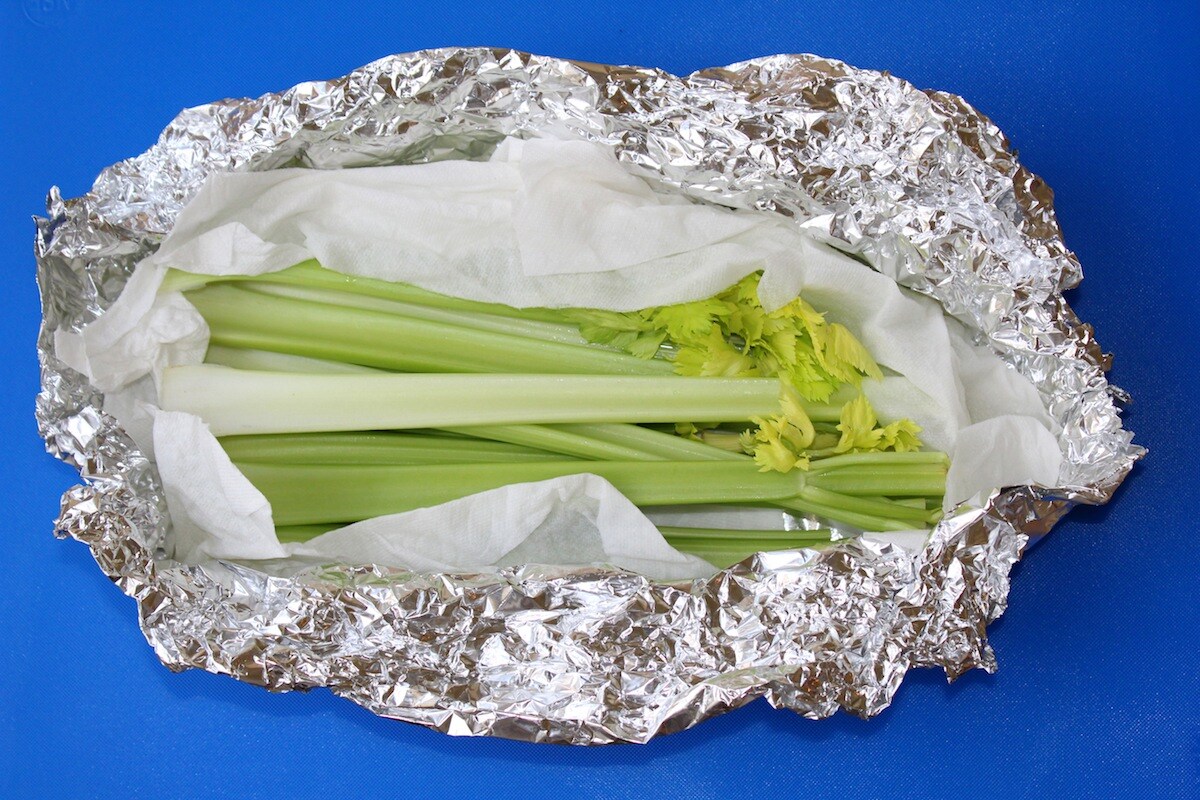
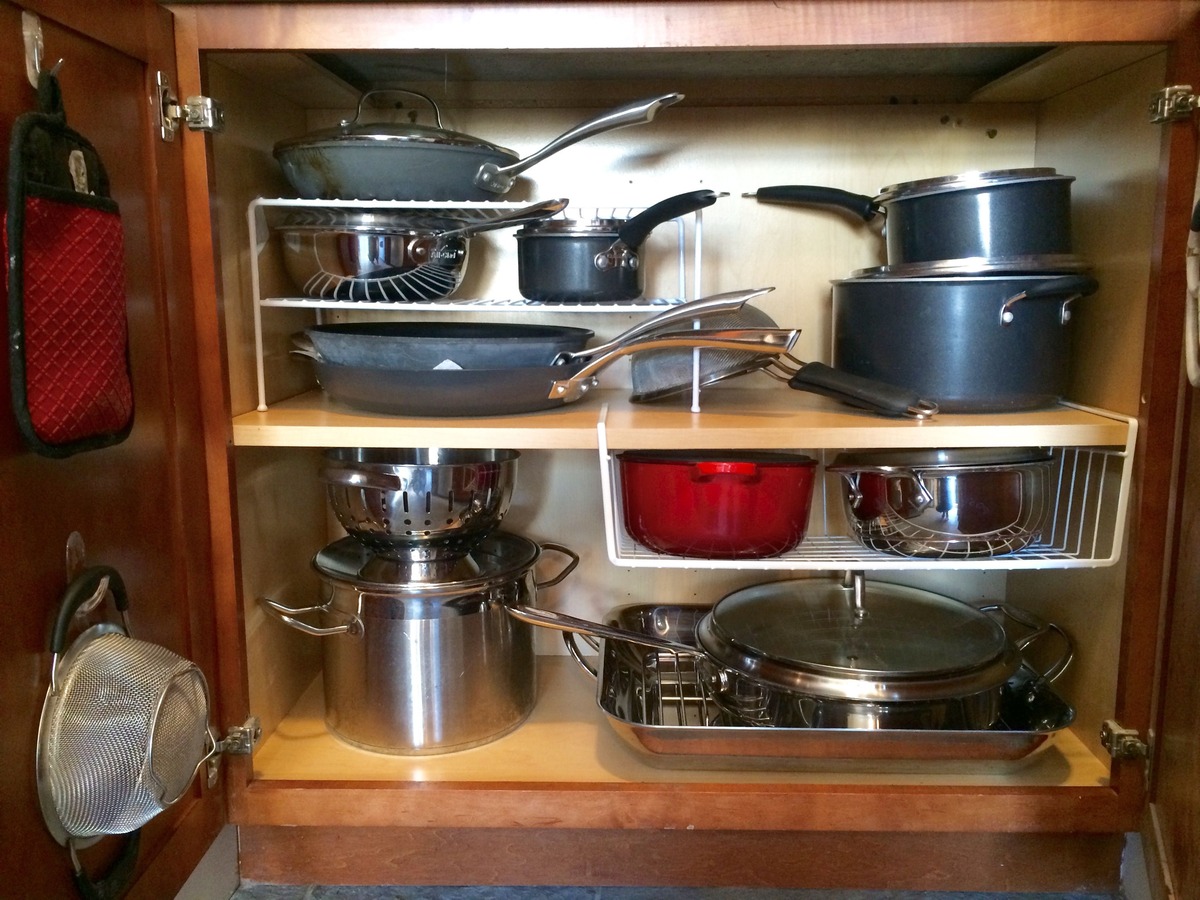
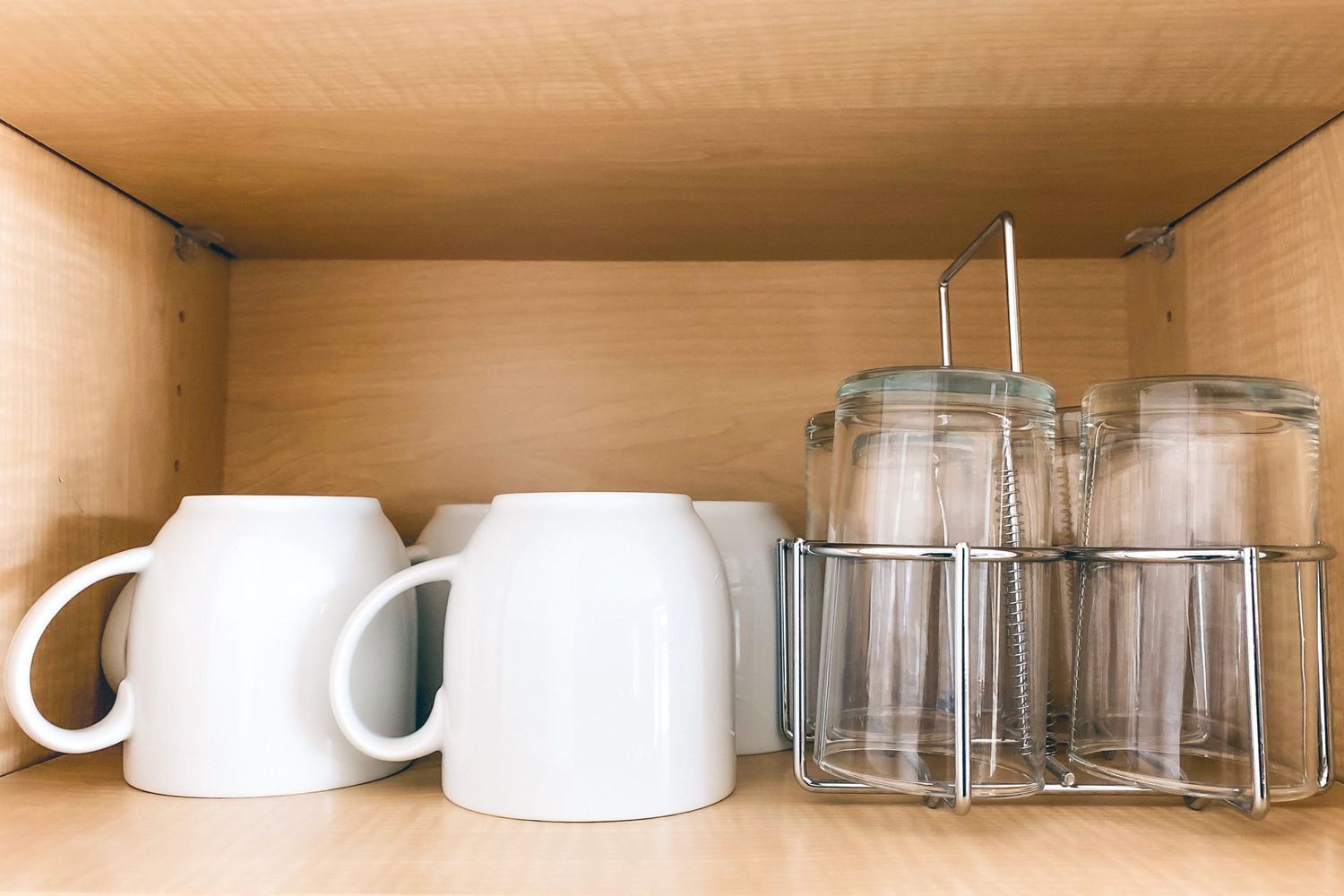



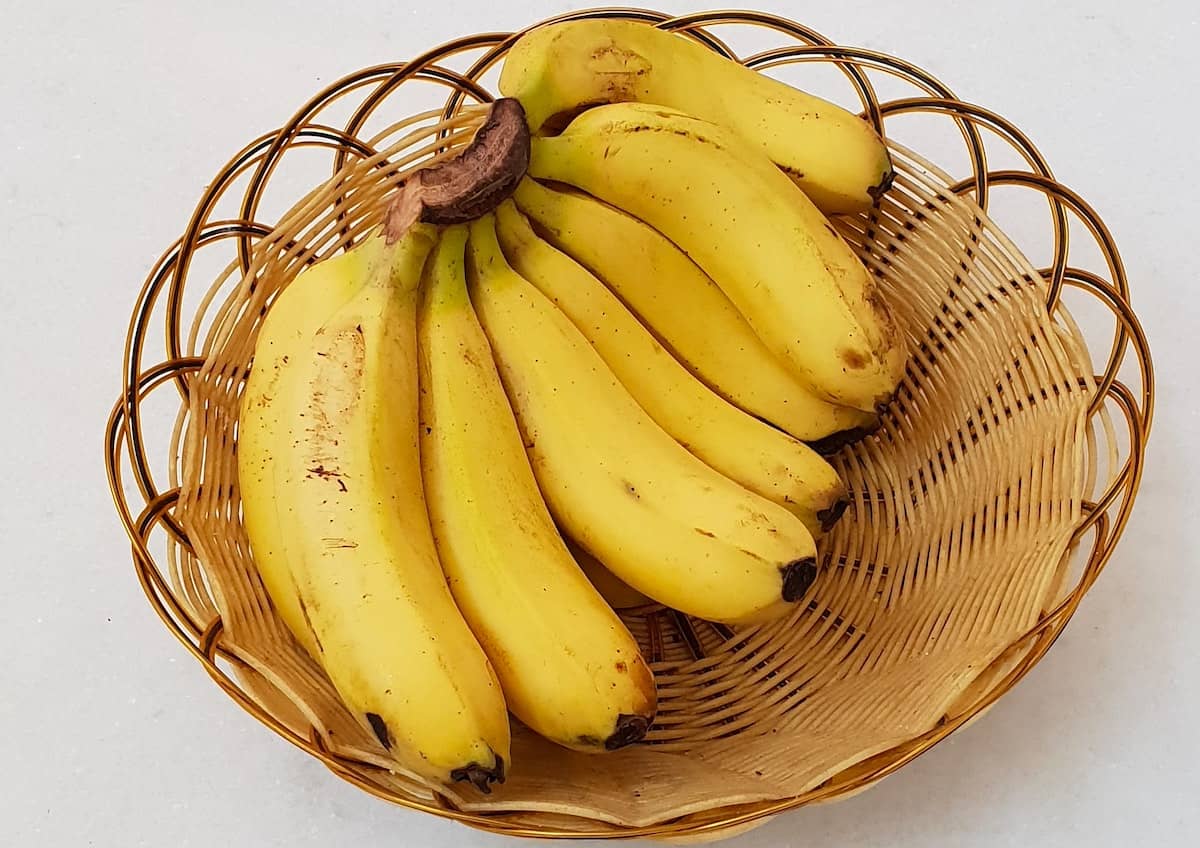

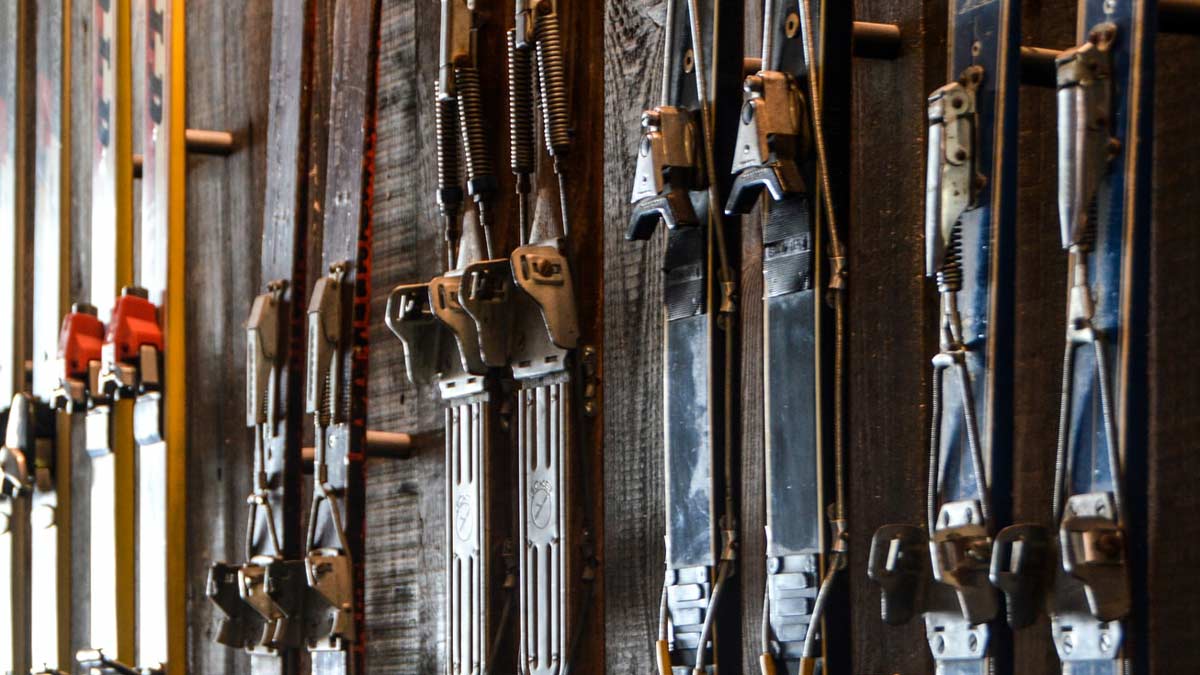
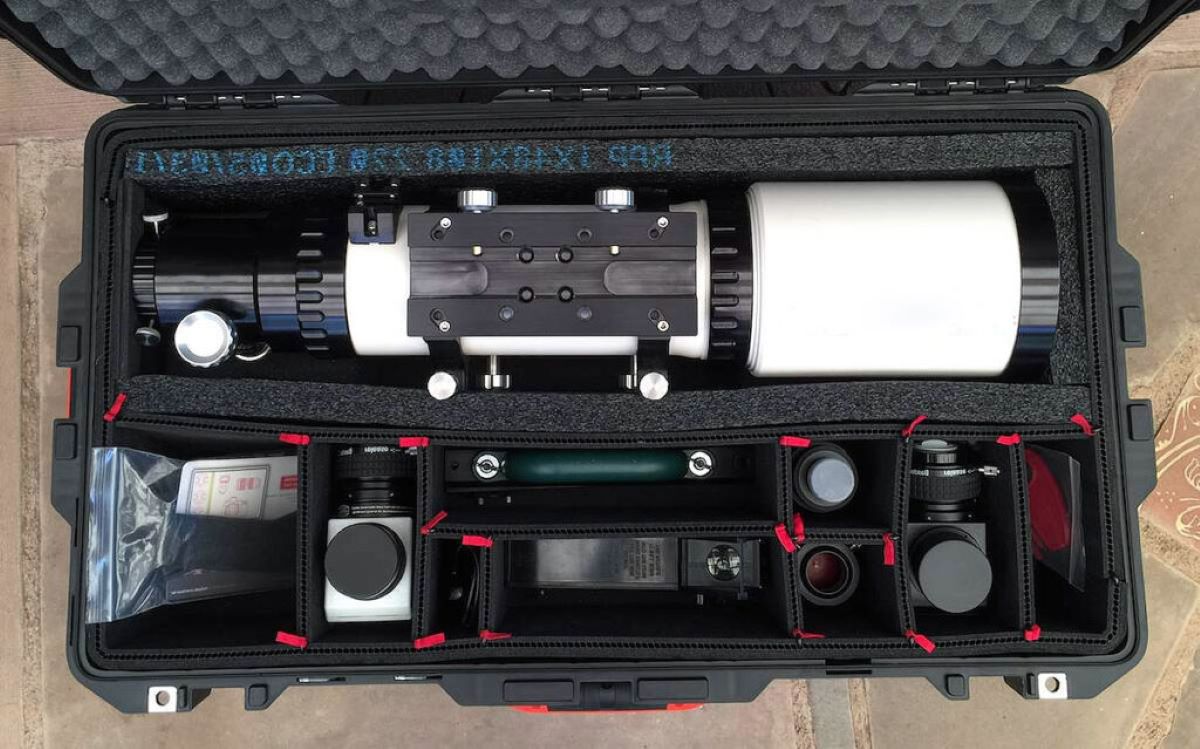

0 thoughts on “How To Store Newspapers”